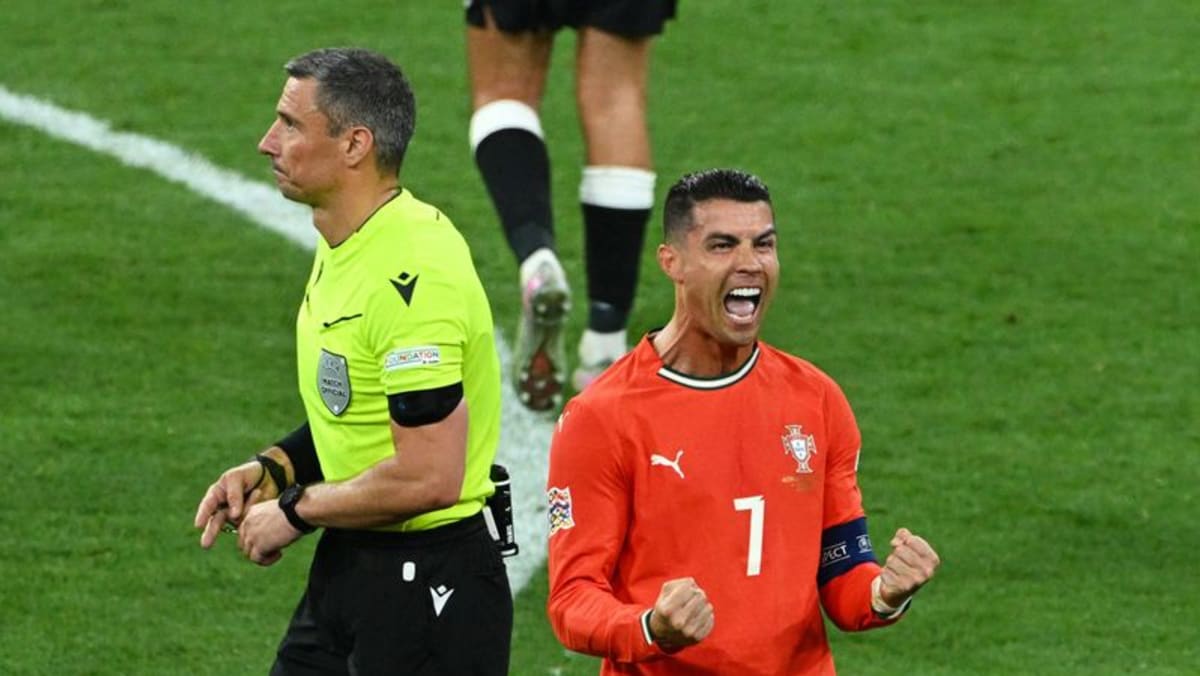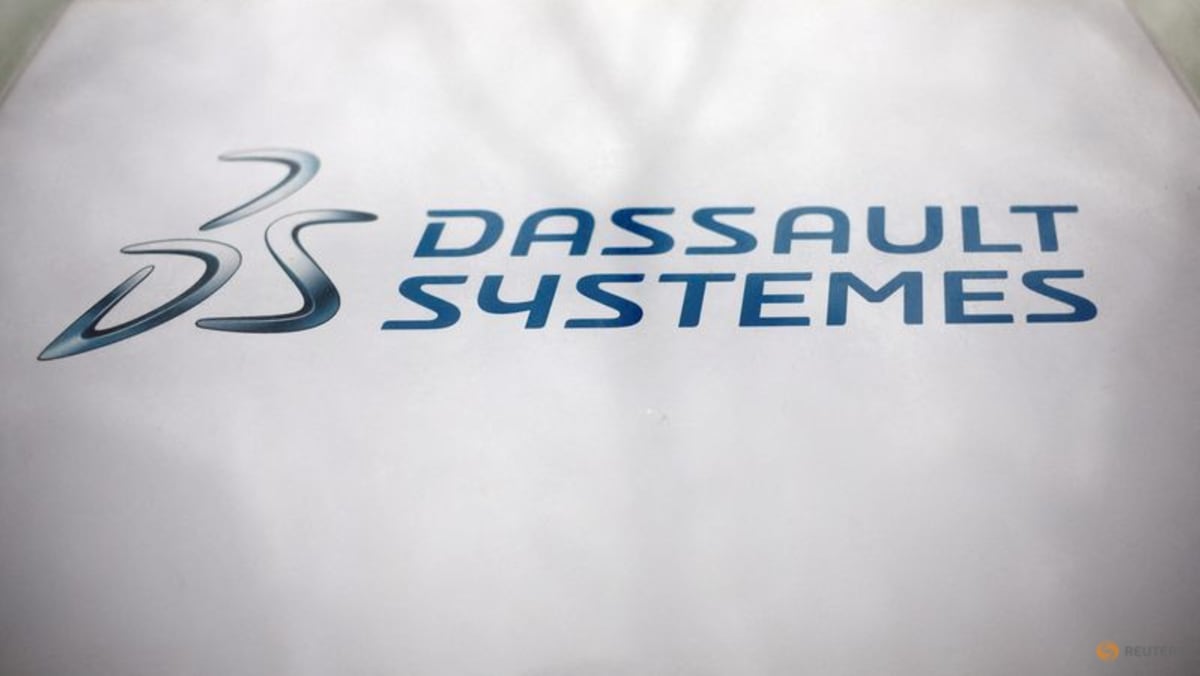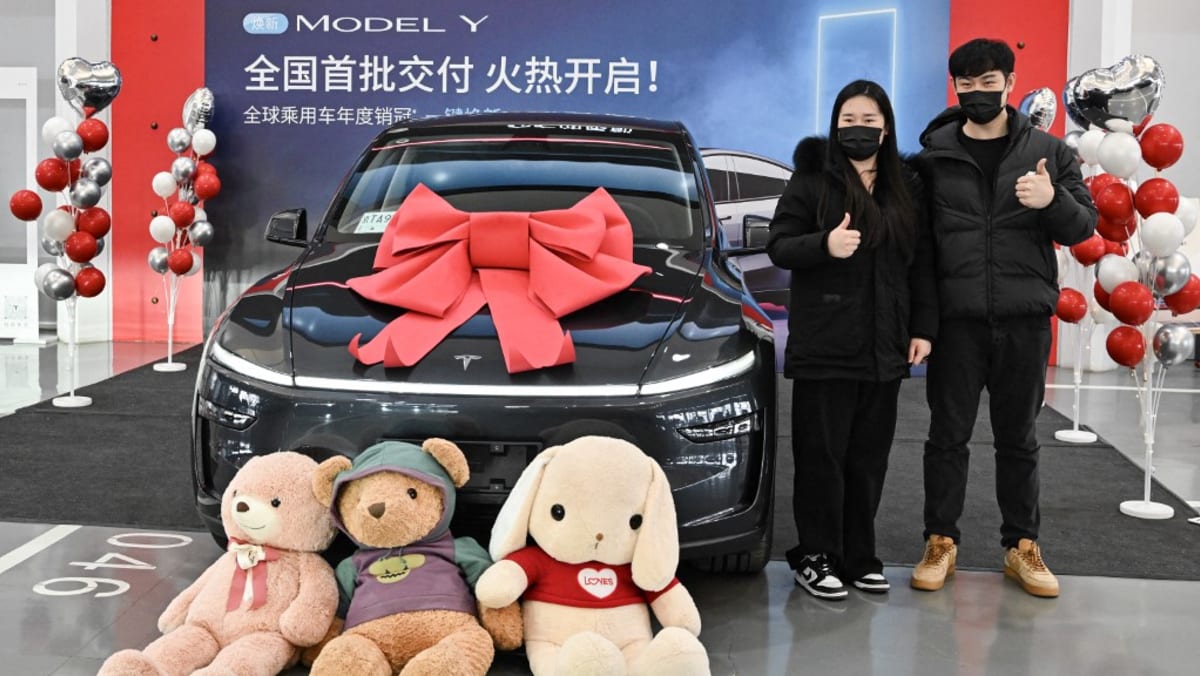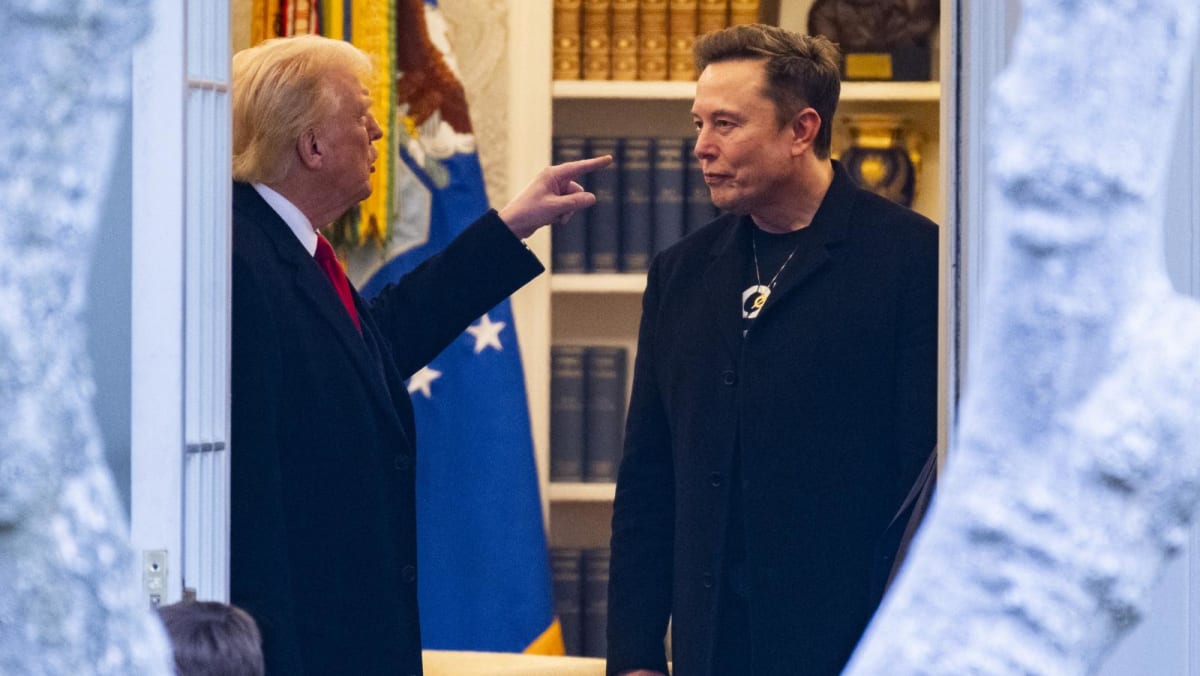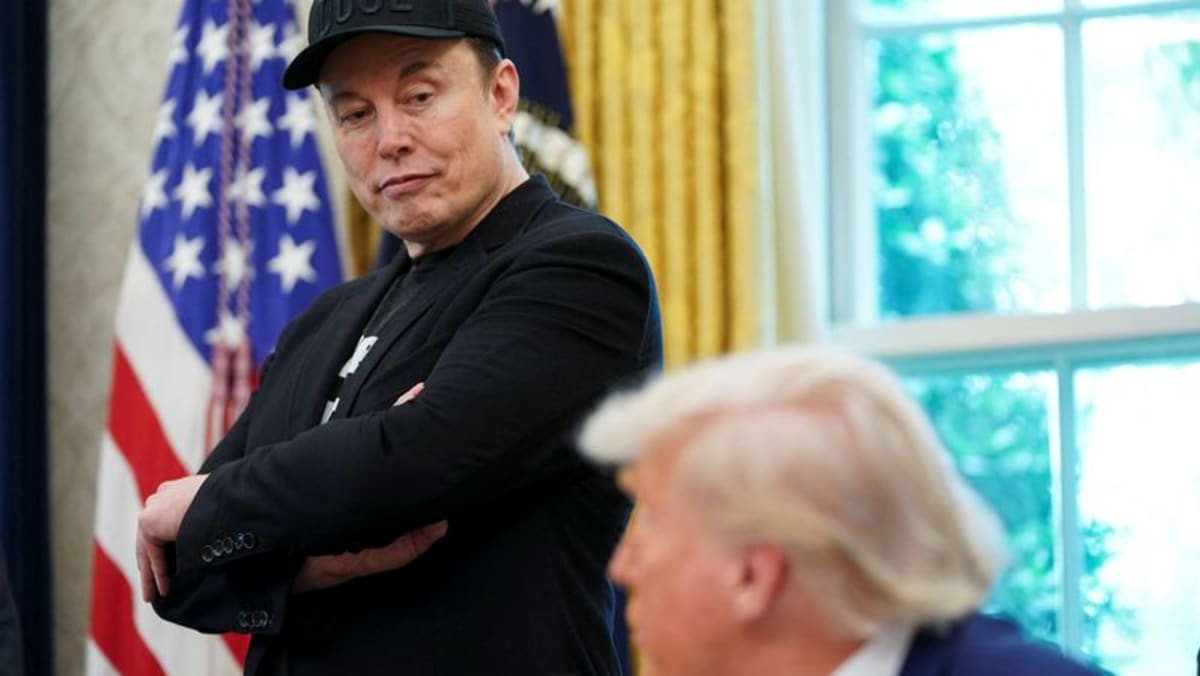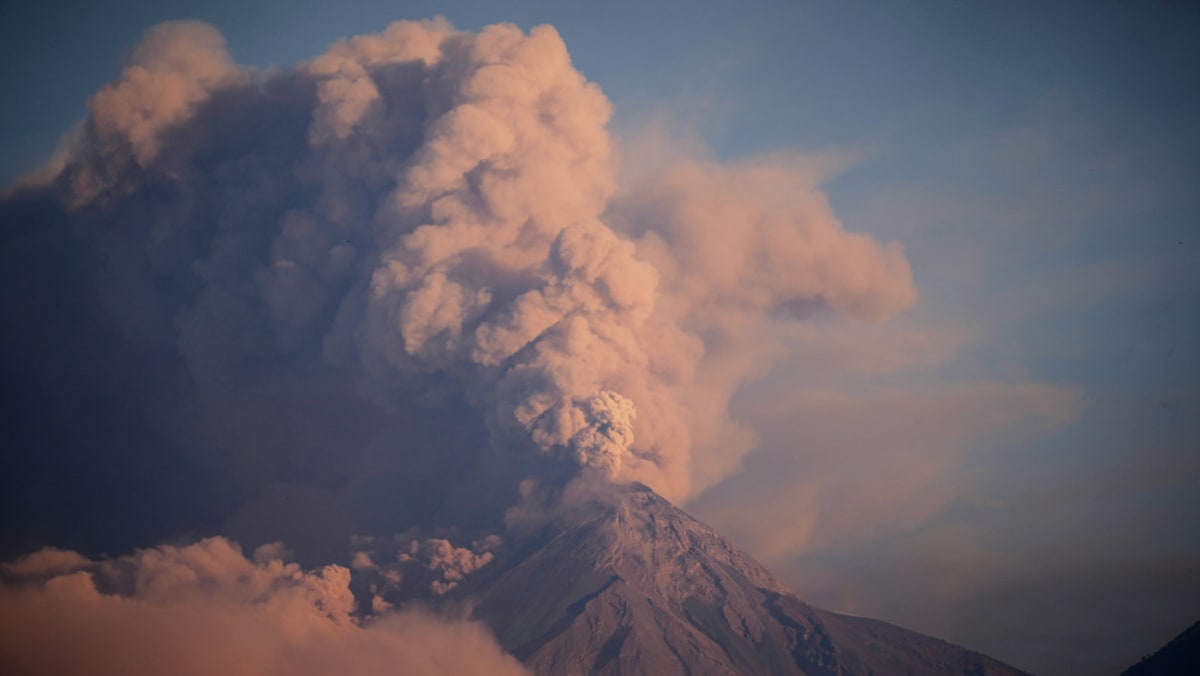So far this year, excluding the month of February when Tesla was retooling for the refreshed Model Y, implied utilisation is running 10 points lower than the same period in 2024. Speaking of that updated Model Y, it isn’t a good sign that Tesla has already offered incentives like zero-per cent financing in China.
Taken together, lower capacity utilisation, implying higher fixed costs per vehicle and higher discounts, meaning less net revenue, point to a continuing problem with what was all too apparent in Tesla’s first-quarter results: crushed profit margins in its main business.
Unlike Tesla’s weaker EV sales in other important markets such as California and Europe, the slide in China has nothing to do with Musk’s politics. Tesla’s reputation within China remains high, viewed as an essential catalyst in revolutionising the quality and scale of the country’s auto sector.
NOT A CATALYST, BUT A REACTANT
Except that “catalyst” isn’t quite the right word, because the beauty of catalysts is that they spark transformations but don’t get used up in the process. In this case, it would be more accurate to call Tesla a reactant, because the domestic Chinese EV industry spurred on by its example is now eating it alive.
While Tesla’s share of China’s battery EV sales is down to about 10 per cent so far this year, that drops to 5.8 per cent when you include other so-called “new energy vehicles” (NEV) such as plug-in hybrids, according to figures compiled by Goldman Sachs Group.

